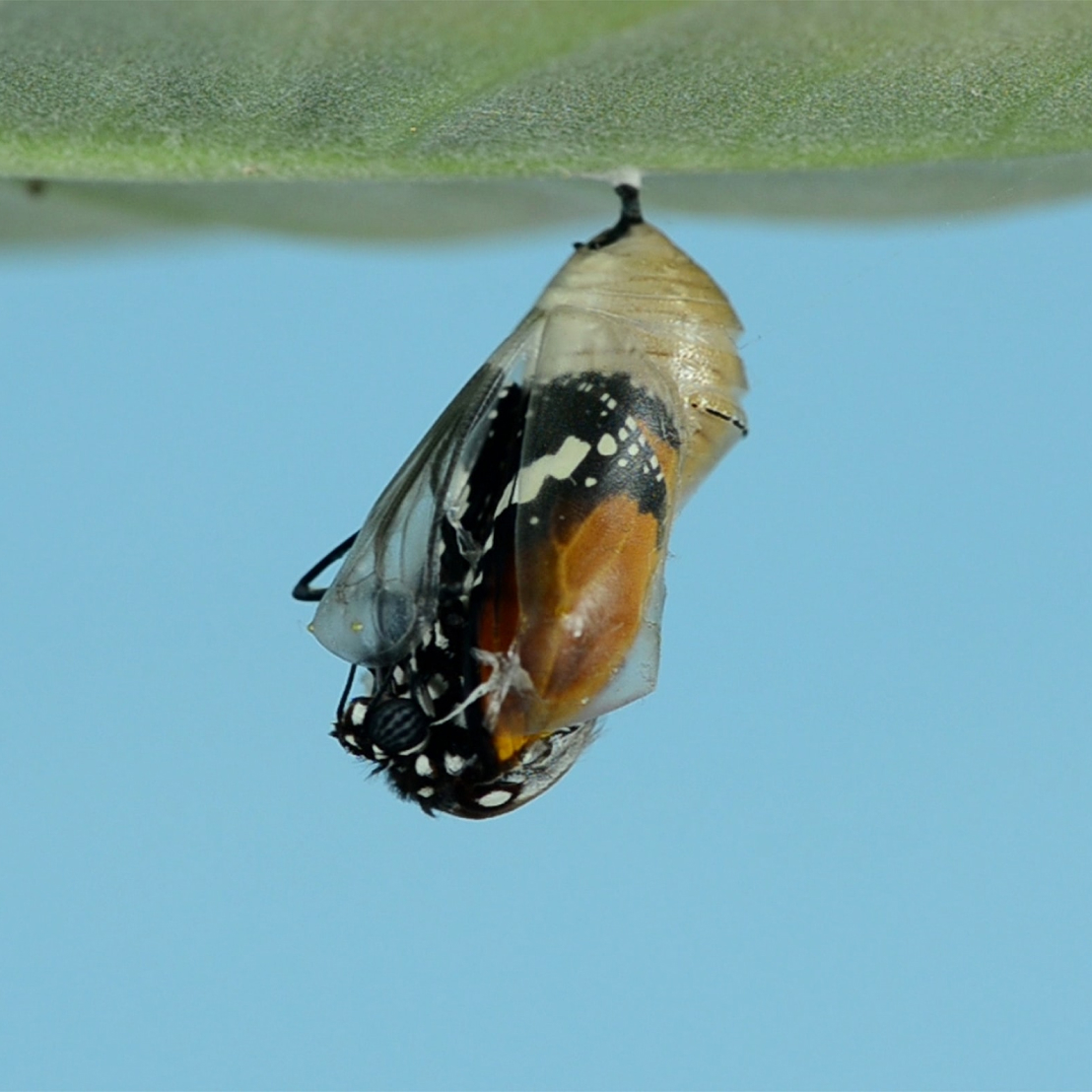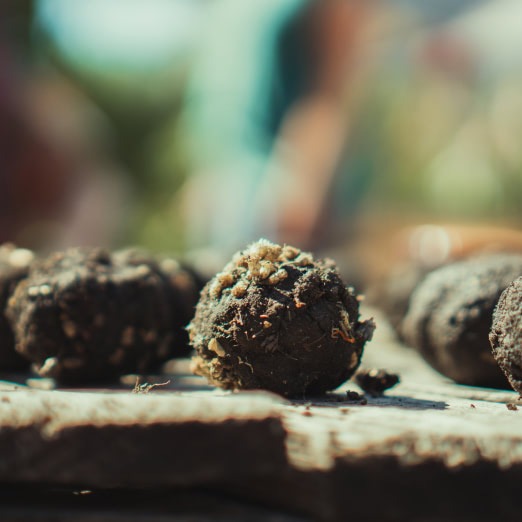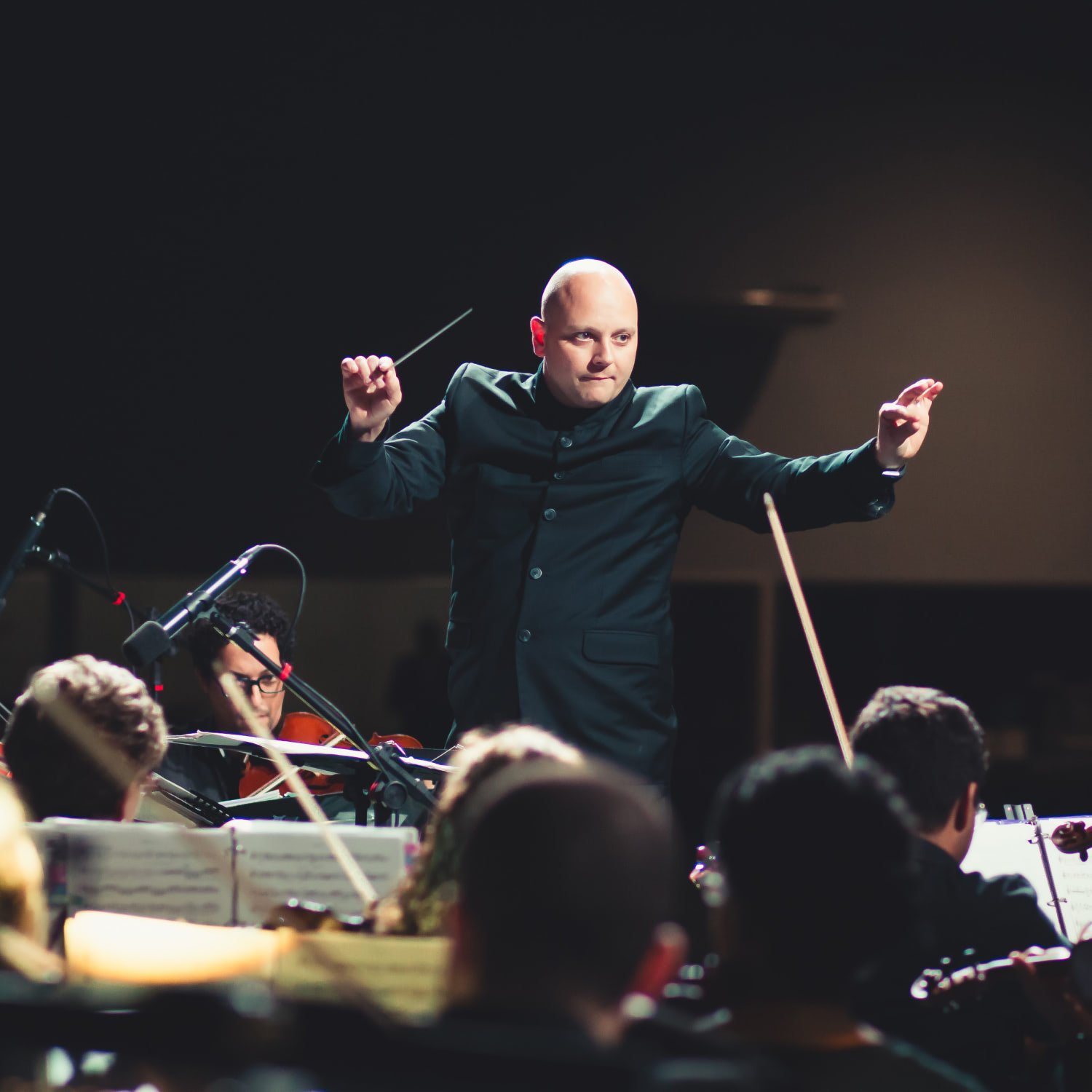
Monarch Butterfly Population Dwindles, But I Remain Optimistic|The pupa stage, hanging under a milkweed leaf for about 8–15 days, before fully emerging into butterflies.|Seed bombs are a method of creating more flora the Monarchs need to survive their migration.|Milkweed is necessary for Monarchs' survival, but the plant is disappearing.
Monarch Butterfly Population Dwindles, But I Remain Optimistic|The pupa stage, hanging under a milkweed leaf for about 8–15 days, before fully emerging into butterflies.|Seed bombs are a method of creating more flora the Monarchs need to survive their migration.|Milkweed is necessary for Monarchs' survival, but the plant is disappearing.
The Monarch Butterfly Population Is Dwindling; I Remain Optimistic
Have you ever heard of the butterfly effect? It's the idea that the smallest things can have non-linear impacts on a complex system, like the weather. In theory, if a butterfly flaps its wings on one side of the earth, its small wave of air will ripple out and affect everything it touches, and those things will go on to affect everything in their paths until eventually, it could cause a hurricane on the other side of the earth. Sounds crazy, right? But it's actually a very real part of chaos theory, which describes the idea that each and every action can have far-reaching and long-lasting effects on something seemingly unrelated in time and space. Its underlying premise is that all things are interconnected on multiple scales. It’s also kept my environmental optimism alive over the years.
I Was Immediately Fascinated by the Monarch Butterfly
In November 2011, my family and I drove north up the coast of California to visit five of the western monarch butterfly overwintering sites. We had been alarmed by the recent reports of dwindling numbers of western monarchs at their winter homes along the Pacific Ocean and wanted to go see them for ourselves. Every year, these orange and black beauties make a heroic cyclical journey to keep the species alive. In the winter, they search for a very specific habitat and microclimate: eucalyptus or Monterey pine or cypress, dappled sunlight, humid and close to the ocean, with no freezing temperatures or high winds. They stay there from September through March, at the latest, and then head east and north to reproduce.Along the way, they drink the nectar of many flowers, but can only lay their eggs on butterfly milkweed, which is what the larvae eat upon hatching. The larvae and caterpillars will feed for about nine-to-16 days and are inherently protected from the milkweed’s toxins, making them poisonous to predators at every stage of their development. Eventually, they move into the pupa stage, hanging under a milkweed leaf for about eight-to-15 days, before fully emerging into butterflies.When this next generation of monarchs emerges, they only live two to five weeks, and they repeat this cycle for about six months until the weather changes and they return to the coast. This means that it takes about five different generations of monarchs to make the complete migration. Those that return in the fall to the overwintering sites are the great-great-great-great-grandchildren of those that left in the spring. How do they know how to do this? No one really knows, but to me, it feels like they are each “cells'' of the larger “body” of the monarch species.

Confirming the Declining Monarch Butterfly Population Status
Our first stop on our visit to see the monarchs was an overwintering site at the La Jolla eucalyptus grove at UCSD. We wandered around an informal sculpture garden, enjoying the quiet campus and afternoon breeze, but didn't spot any butterflies there. It felt like an inauspicious start to our trip, but as usual, I didn't lose hope. Heading north, we made our next stop at the Goleta Monarch Butterfly Grove at Elwood Mesa. We parked in a cul-de-sac in an unassuming suburban neighborhood and found signage pointing to the butterfly path through the eucalyptus forest. I remember feeling discouraged because of its hilly, winding, random nature. But then we came upon some college students sitting under the trees and looking up. They pointed to the groups of monarchs clumping together, forming soft shimmering curtains, and joy welled up in my chest. OK, this was real! Witnessing this incredible miracle of nature for the first time, I took some blurry and unremarkable photos throughout the hazy late afternoon light. But the real image is still with me, marked in my heart forever.Pismo Beach Monarch Butterfly Grove was our next stop. I had been in touch with the park rangers via email for a few weeks, so they knew we were coming. They told us that their volunteers would train us and we could take an unofficial part in the butterfly “counts.” We awoke early that morning and headed to the grove before breakfast. The heavy marine layer hanging over the area made the quest seem almost mystical. The ranger greeted us and walked around with binoculars showing us how to estimate the numerous numbers of monarchs we saw. It felt like that school carnival game when you estimate the number of jelly beans in the jar. You count how many butterflies hang from top to bottom of a clump, then count the clumps across and determine how many butterflies are around the circumference. Then you multiply and add a “buffer” number. We each had a notepad and got the hang of it pretty quickly. Our numbers confirmed their previous counts.
Learning How to Help Monarch Butterfly Population
As the fog burned off and the sun started breaking through, we were able to witness the daily magic of the monarch’s light activity. Some flew down from the trees, landing on us and transforming the grove into an otherworldly fairyland. Their prolific predecessors who migrated to this location had only lived several weeks, but this generation got to live six to nine months in relative stasis. Communing with these beautiful beings, in the midst of their presence, we suddenly felt very invested in their survival and asked the rangers why scientists believed the monarchs seemed to be disappearing and what we could do about it. At this point in time, one of the biggest threats to their survival was the lack of milkweed and other plants that feed them along California’s interior. The research all seemed to say “Plant more milkweed!”Immediately, we decided we would make and disperse milkweed seed balls to help the monarchs. That night, back in the hotel room, and continuing as we drove, I ordered all the flower seeds the monarchs needed to survive and found a source for red clay in San Francisco. After picking everything up in the city, we continued north and stayed at a friend's ranch in North San Juan. That week we made over 1,000 seed balls. We mixed the dry red clay with water, peat moss and earthworm castings before adding the seeds. It was a beautiful task. The hand-rolled balls were lined up in grids to dry on parchment paper in the sunlight of a large window overlooking the Yuba River. Later, we placed them into soft rubber buckets and loaded them into our car.

Some flew down from the trees, landing on us and transforming the grove into a fairyland.
Helping the Monarch Butterfly Population
We then headed back to Southern California on Interstate 5, which runs down the middle of the state and isn't known for its picturesque quality—there are seemingly endless stretches of barren fields and the overpowering odors of massive feedlot cattle farms. It’s considered one of the largest "food roads" in the nation, and it's where more than 12 percent of the total U.S. agricultural production comes from. Grapes, cotton, almonds, pistachios and citrus, all grown at almost unfathomable scales.But the extensive use of pesticides and herbicides in this region might be a large part of the monarch’s struggling numbers. Milkweed and other flowering plants, which naturally volunteer along highways and are fed by rain runoff, are routinely mowed down now by the California Department of Transportation. So, we had the challenge of looking for areas that wouldn't be mowed or subject to agricultural herbicides and pesticides, usually a bit back from the highways and almost always off on side roads. We made dozens of stops, turning what should have been a six-hour trip into a two-day drive.I remember stopping at a wildlife hunting range which was ideal because it was a very large area with "nature" intact so that birds and wildlife would take up residence, making it a bountiful place for hunters. As we were dispersing the seed balls and enjoying the relative peace of the wetlands, we started hearing gunshots. Since we weren't wearing fluorescent clothing, it didn't seem like a great idea to stay. We quickly ran back to our car.

Monarch Butterfly Population Statistics
Over the years I've checked back in with the yearly counts. They initially went up, I assume, because of the efforts by so many to spread the word and plant milkweed. During the 1980s, up to ten million monarchs had overwintered in California. The number of sites being monitored went up every year. By 2016, there were only 298,464, and the next year, 192,624 remained. But the 2018 and 2019 counts fell drastically to around 27,000. At this point, it was clear that the butterflies had crossed the threshold and would likely become extinct. The monarch butterfly population in 2020, following the annual western monarch Thanksgiving count, was below 2,000, a 99.9 percent decline since the 1980s. For some reason, they have not been placed under the protection of the Endangered Species Act, which is hugely disappointing. Experts still agree that their migratory habitats are threatened by a lack of milkweed and other flowering plants, exacerbated enormously by climate change.
You, me, a butterfly in my garden, a rainbow on the other side of the earth—we are all intrinsically connected.
I Remain Optimistic About the Future of the Monarch Butterflies
Looking back on that 2011 journey, I still feel optimistic about our efforts. To me, nothing we did was lost. The monarchs gave me so much while learning about them. Even though I can't see any causal relationship between our ecological remediation actions and the survival of the western monarch, I try not to lose hope. For all I know, the scale of time that these things take might be enormous.And like the butterfly effect, maybe our actions did help on some scale. Maybe out of the hundreds of thousands of seeds we planted, a few milkweed plants did sprout and grow. And since each monarch can lay up to 1000 eggs in their lifetime, maybe some were deposited on "our" milkweed. So while the latest monarch headlines are discouraging, should I give up? Do my tiny actions matter? I believe they do, partly because I can't live otherwise, in some sort of environmental nihilistic state. But also because I have seen how ideas can spread and turn into actions on a greater scale. I have been able to share with many folks over the years the need to plant the flowers that monarchs feed on.I deeply believe that we do have agency, and that is why this week, as I have done every year for 25 years, I plant seeds. I plant food, flowers and I plant milkweed, just in case even one monarch shows up here. You, me, a butterfly in my garden, a rainbow on the other side of the earth—we are all intrinsically connected, whether we know it or not. Let’s act as if we do have a stake in everything that matters.











